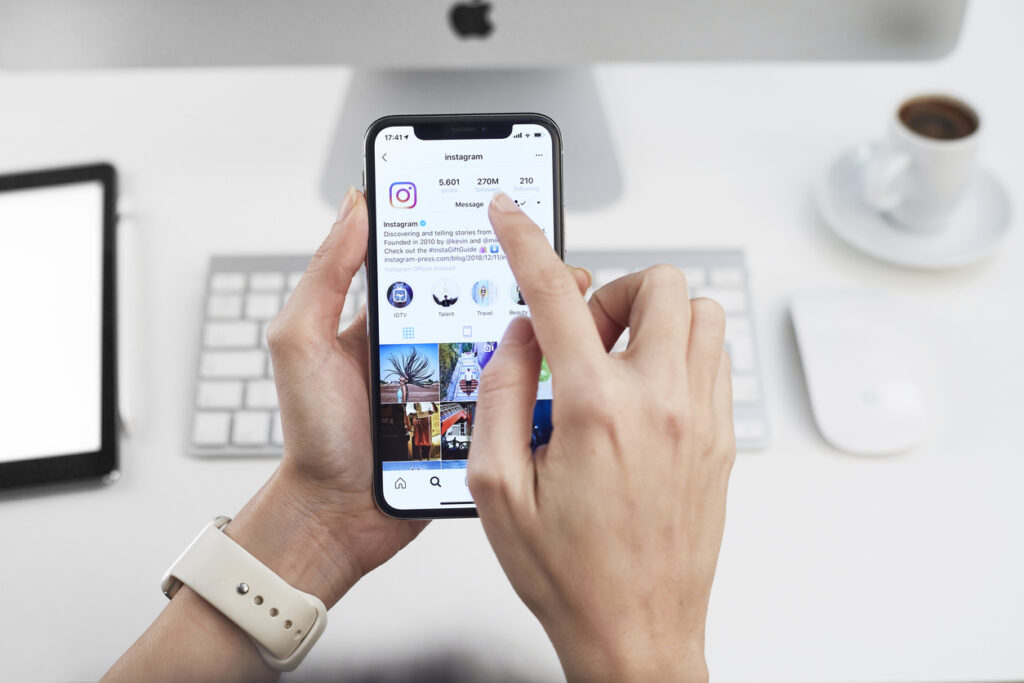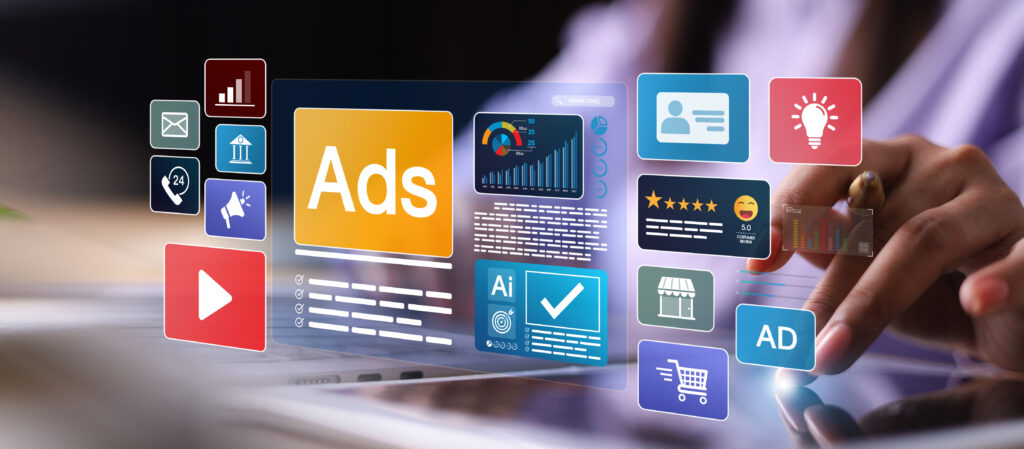Eric Sachs
SEO virtuoso, CEO @Sachs Marketing Group. Focused on being of service to business owners - helping to better position them in the eyes of their audiences.
What Are the Benefits of Local SEO?
Local SEO is a powerful tool for small businesses looking to increase their online presence and attract more customers from their area. By focusing on local search optimization, businesses can improve their visibility in search results, drive more traffic to their websites, and build stronger connections with their community. In this article, we will explore…
How to Design a Website That Converts
Designing a website encouraging people to take action is essential for online success. Understanding how users behave, creating interesting content, using effective design elements, implementing strategies focused on conversion, and optimizing for mobile devices can increase the chances of turning visitors into customers. Key Takeaways Understanding how users behave is crucial for website success. Compelling…
What is A PPC Agency? A Guide for Business Owners
A PPC agency specializes in managing pay-per-click advertising campaigns. They create, optimize, and monitor ads on platforms like Google Ads and social media to drive targeted traffic to a website. Their expertise ensures efficient ad spending, higher conversion rates, and measurable results, helping businesses achieve their marketing goals through strategic and data-driven approaches. Managing PPC…
Bing Ads vs Google Ads: Which PPC Platform Is Right for You?
Bing Ads vs Google Ads each offer unique advantages. Google Ads provides extensive reach and advanced features, making it ideal for broad targeting. Being less competitive, Bing Ads can be more cost-effective and reach a different demographic. Choosing the right platform depends on your budget, audience, and goals. Testing both can help maximize your results….
AI for SEO: 12 Ways to Use AI for Search Engine Optimization
There are many ways to use AI for SEO, but the most helpful involve reducing the time required to perform specific tasks relating to research, data analysis, and content development. By streamlining these tasks, SEOs can focus on creative and competitive strategies. AI can supercharge your SEO efforts, but it’s important to remember it’s just…
AI in Digital Marketing: A Guide for Small Business Owners
AI in digital marketing is like a super-powered marketing assistant. Business owners can use AI for website design inspiration, certain areas of SEO research, content strategy, PPC ad targeting, social media calendar planning, reputation management, and customer service. It may not be able to provide specific data, but it can provide guidance that helps streamline…
Local SEO for Multiple Locations: How to Scale Your Visibility
Local SEO for multiple locations boosts a business’s visibility by optimizing each branch for local search results. This targeted approach ensures each location appears prominently in local searches, attracting more local customers. Businesses can reach a broader audience by enhancing their online presence through consistent NAP details, localized content, and Google Business Profiles, driving growth…
How to Set Up Google Local Services Ads
To set up Google Local Service Ads, sign in to your Google account and go to the Local Services Ads setup page. Enter your business details, select your industry, and complete the background check and license verification. Set your budget and targeting preferences, then create your ad profile with business information and service offerings. Your…
What is Answer Engine Optimization (AEO)?
Answer engine optimization (AEO) is a subset of search engine optimization (SEO) focused on optimizing content so it’s featured by virtual assistants, answer boxes, and featured snippets in search engines. AEO shares many characteristics of traditional SEO but often targets specific questions by providing concise answers upfront. If you interact with Alexa, Siri, or Google…
10 Mental Health Marketing Tips for Mental Health Awareness Month
Mental health professionals must leverage Mental Health Awareness Month in their May marketing strategy. This not only boosts their visibility and combats stigma but also educates the public on crucial mental health issues. This strategic focus allows providers to showcase their empathy and expertise, enhancing their connection with potential clients and emphasizing the importance of…
What Services Do Digital Marketing Agencies Offer?
Digital marketing agencies offer a wide array of services including SEO, social media marketing, PPC advertising, web design and development, content creation, email marketing, and reputation management. These services help businesses improve their online presence, attract more traffic, and engage with their audience effectively. Many business owners struggle to make their mark in the crowded…
How Web Design Affects SEO: 8 Elements that Impact Rankings
Web design significantly influences SEO by affecting how easily users interact with a site. A clean, intuitive layout keeps visitors on the site longer and reduces bounce rates, essential for search engine rankings. Additionally, responsive design ensures the site is accessible on all devices, which is crucial for mobile rankings. Proper HTML structure aids search…
How to Select SEO Keywords (3 Simple Steps)
Want to know how to select SEO keywords? Selecting SEO keywords is about understanding your audience and their search behavior. Use keyword research tools to discover terms with high search volume but manageable competition. Focus on keywords that closely match your content’s theme and audience intent. Incorporate a mix of broad and long-tail keywords to…
Why SEO Is Important for Small Businesses
SEO is a cornerstone for small businesses aiming to stand out in the vast digital marketplace. It’s not just about being visible; it’s about being found by the right people at the right time. Through strategic optimization, businesses can attract more targeted traffic, enhance user experience, and increase conversion rates, laying the foundation for sustainable…
How is Ranking Different When Comparing PPC vs SEO?
How is ranking different when comparing PPC vs SEO? Ranking in PPC involves bidding for ad placement, offering immediate visibility, while SEO focuses on organic ranking through content quality and keywords, requiring more time but offering long-term results. Two major players dominate the search engine marketing scene: PPC (Pay-Per-Click) advertising and SEO (Search Engine Optimization)….
10 Benefits of Ongoing SEO Services
Ongoing SEO services are crucial in today’s dynamic digital landscape. They ensure your website stays relevant, competitive, and visible in search engine results, adapting to ever-changing algorithms and market trends. Navigating the ever-changing digital marketing landscape can be daunting, especially when your website’s visibility and traffic are at stake due to constantly evolving search engine…
Online vs. Offline Marketing Strategies for Small Business
There are clear differences between online vs. offline marketing strategies for small businesses. Online marketing offers unparalleled audience targeting and analytics but demands digital savvy and constant adaptation to evolving platforms. Offline marketing strategies provide a tangible, personal touch and local impact but often come with higher costs and challenges in tracking ROI. Are you…

































